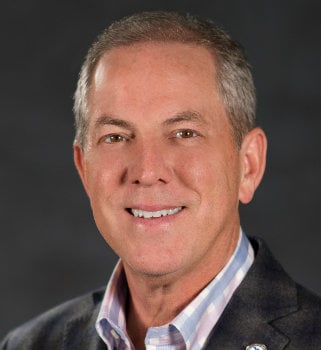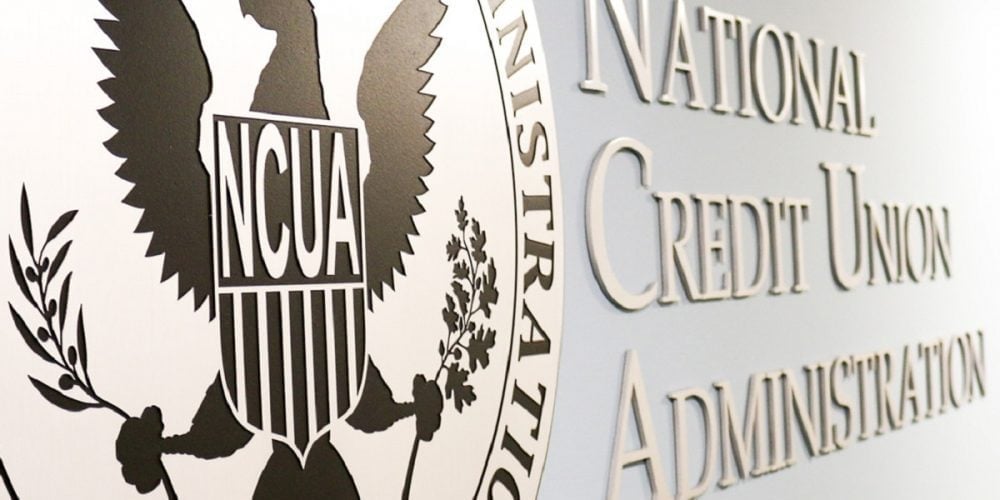“Service aptitude is a big idea. Customer service is an investment, not an expense – the new marketing is here and it looks like this.” – Seth Godin, New York Times bestselling author of Linchpin.
For almost every conference we attend these days, we see presentations about disruptors, mobile-first strategies and customer/member centricity. And on most surveys of credit union executive priorities, improving the member experience ranks near the top. So, how are credit unions doing at managing this so-called “service revolution” taking place in almost every business sector, including financial services?
I think the answer may be similar to the readiness on other major priorities: it depends on credit union size, resources and bandwidth for taking on change. Larger credit unions are making great progress, and most smaller ones are struggling to do so. Sounds like a familiar refrain. But no credit union should give up on this important priority because even small steps can make a big difference.
In its September 2018 report on bank customer-experience transformation, McKinsey & Company reports that 75 percent of the 50 largest global banks now pledge themselves to some form of customer experience transformation. And this means billions of dollars are being invested in improving customer service, something that has always been a key differentiator for credit unions.
In the most recent American Consumer Satisfaction Index ratings, ACSI found that, after leading for the past 10 years, credit unions’ satisfaction score is now dead-even with banks overall at a score of 81, and as compared to regional and community banks, credit unions now rank below the bank score of 84. Even among the money-center big banks, Chase scores a respectable score of 80 while the worst big bank score goes to media-hammered Wells Fargo with 74.
So, they say that there are lies, damn lies and statistics, but perhaps this reputable ACSI index that our industry has long touted as evidence of our service advantage is trying to tell us something. Banks are indeed pouring lots of money into improving the customer experience as pointed out by McKinsey.
That report is helpful in suggesting some “dos” and “don’ts” for credit unions’ work on improving member service. Here are three common mistakes pointed out by the report:
First, banks and credit unions can be too comprehensive and miss opportunities for early, quick wins while trying to take on too much. For instance, rather than trying to transform the whole mortgage lending experience, implementing a simple document management API will lessen borrower frustrations in a critical area needing improvement.
Another common mistake is the failure to make member input part of the process. McKinsey points out that in one case, a bank set out to transform its lending technology without realizing that the major pain point for borrowers was in not getting timely status updates. By better understanding the true pain points through member communication, quick and affordable solutions can be implemented.
A third common misstep in improving the member journey is the failure to coordinate across departments vs. allowing individual silos to improve service without sharing best practices. For instance, if status updates are an important member request, methods for improving this should be shared across other service areas.
McKinsey also points out that for a member-experience program to really work, it requires a top-down push from the CEO and c-suite, conviction from top management, implementation of prioritized meaningful changes and a feedback loop system to measure, act and involve all employees.
And with all facets of operations, including transaction accounts, branch operations, call centers, mobile, lending and insurance services, a common taxonomy of the member journey combines improvement in products and the member path. So, for every product, pain points need to be identified for onboarding, transacting, administering and resolving problems.
When it comes to improving member experience, I often tell the story of how a credit union that I am a member of, Zeal, has wowed me on several fronts. Its rebrand from Co-op Services Credit Union to Zeal Credit Union, with its bright orange and white colors, a brand slogan that focuses on hardworking Americans, its new headquarters and its branch reinvention, is impressive. This all culminated with my recent service experience that included mobile, phone, branch and card services excellence.
I lost my debit card one day at a car wash. Checking my mobile app, I quickly saw the number to call for service. The friendly call center rep didn’t just send me a new card, she very efficiently told me that I could get an instant-issue replacement at a branch near my work. The member service rep at the branch helped me quickly with an instant-issue card replacement for a modest $5 fee. At every step of the way, there was little wait time and I was directed to a fast, convenient, low-cost solution so I could get the Zeal debit card back in my wallet.
In his book The Customer Service Revolution, John R. DiJulius suggests that, as his firm consults with clients regarding the customer experience, the first step is to create a day-in-the-life-of-a-customer video. The power of this concept is that, when trying to change a credit union’s culture to be more member centric, a video like this helps employees be more empathetic and compassionate about the members they are serving.
One way that CU Solutions Group is helping credit unions do this is with its Just Getting By campaign. At justgettingby.org, credit unions can see well-produced short videos regarding the many financial challenges facing everyday Americans. Now, credit unions like Christian Financial and Service 1 Federal CU in Michigan are tying their own member service experience videos into this campaign, and they are posting these day-in-the-life videos on Facebook to showcase their credit union difference.
DiJulius also suggests that businesses create a customer service vision statement, like Starbucks did with this statement: “We create inspired moments in each customer’s day.” They added to their statement the four pillars of anticipate, connect, personalize and own. This statement and pillars are then used to reinforce the most important features of the Starbucks customer service journey.
At Michigan-based Genisys Credit Union, CEO Jackie Buchanan and her team adopted a member service vision statement that they call the Genisys Experience. They then take this statement and the associated pillars and reinforce it with all employees on a regular basis with a hard-bound book and lots of communication.
Their statement says, “Being member focused means that we strive to have a personal understanding of our members. We listen to hear and understand how we can best meet their needs.”
The four pillars in the Genisys Experience are Care, Accuracy, Partnership and Ownership. They describe the pillars like this:
Care – We care about the well-being of our members.
Accuracy – We promise to provide accurate and dependable service.
Partnership – We work with our members to provide solutions.
Ownership – We accept and act on the responsibility to address problems and meet member needs.
These very simple and clear statements are then internalized in the Genisys culture, and all employees know that they are empowered to surprise and delight their members at all service pain points. It’s no wonder that Genisys is one of the fastest growing and most respected credit unions in their market.
Big banks and other competitors are pouring billions of dollars into improving the customer experience, and credit unions cannot afford to think they will always have a service advantage without similar ongoing commitments to improving the member experience.
The good news is that simple steps, like a day-in-the-life-of-a-member video and member service vision statements, do not take significant financial resources. Credit unions of all sizes can make important incremental steps to continuously improve member service. Future success requires that this be a top priority for every credit union. CU Solutions Group’s CUBE TV Studios and our Strategic Advisory Services are committed to helping credit unions of all sizes develop and implement cost-effective ways to address the member service revolution.







